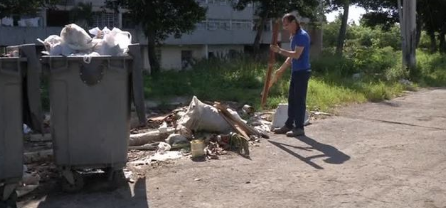
HAVANA, Cuba (Reuters) — Designers in Cuba are turning trash to treasure, forced to think outside the box and re-purpose rubbish amidst a shortage of raw materials in the Caribbean nation.
Olaff Alejo’s salt lamps are eerily beautiful and designed to purify the air. Yet the Cuban designer must rummage through trash bins and scour the sidewalks of Havana for scraps of wood and obsolete electrical devices to manufacture them.
In Cuba, designers of clothes and household goods say the absence of wholesale stores in addition to expense and scarcity of raw materials have forced them to get creative. Many have turned to repurposing and recycling materials that have been thrown away.
The government has allowed more Cubans to set up their own businesses in recent years as part of its plan to update its ailing, Soviet-style economy and cut the bloated state payroll.
As a result, the number of Cuba’s self-employed more than tripled in six years to above 500,000 by the end of 2016, official data shows.
With the average monthly state salary at around $30 dollars, this entrepreneurial trend is paying off for crafty designers.
Caridad Limonta, 60, uses recycled clothes to make bags, collecting trousers and shirts for her designs.
But whilst some sectors of Cuba’s economy are opening up to reform, designers complain that materials and equipment needed to create their work is out of reach.
While Limonta said she wished it were easier to buy textiles, she also does not want Cuba to adopt the same kind of “fast fashion” prevalent in consumerist economies where clothes are cheap but often disposable, generating trash.
Havana puts down shortages in raw materials to the half-century-old United States trade blockade.







